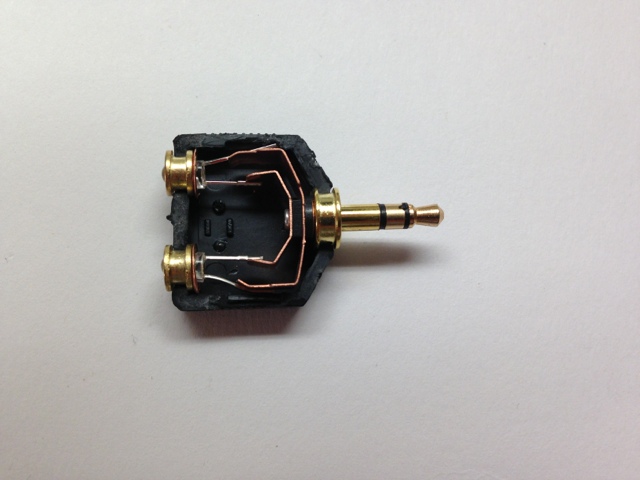Im going to leave the rgb led strip out of this story and concentrate on the dmx bubbles. First i got my hands on a water cooler and luckily i got one of those with a heater to make warm water for tea or instant coffe. When I opend it i found out that there was noway to make a nice cut to the cooled part of the cooler it had plastic pipes for the water molded in to the construction. But the the warm water was in a steel tank with a heater and it had a inlet pipe from the water bottle and a outlet pipe to the tap. I just took a tiger saw with steel cutting blade and cut the heating tank free. When i measured the steel pipe diameter i found out that the pipes outer diameter was a bit bigger than some food grade tubing I had. That men that i could crank the tubing on to the pipes and it fitted perfectly without any water leaking out. Then i got a t-connector for the tubing and two 12v solenoid valves with tube fittings. The first valves I got, I didn't pay attention to the lowest pressure they would open at. When I tried them they didn't open at full. Because the cooler has very low water pressure and most valves needs pressure to open fully. When I found valves that open at a really low pressure it worked fine.
I made the controller to the valves out of two velleman dmx relay kits (k8072) and i putted them in a box together with a power supply.
It worked very good when you wanted the cooler to make bubbles you opend the valve to the waste tank and the bubbles came with a slight delay and the same when you closed it. When the actor took water from the tap you open the tap valve and water is running through. If you want it to look as the water stops you close the valve as the tap is open.
I made the controller to the valves out of two velleman dmx relay kits (k8072) and i putted them in a box together with a power supply.
It worked very good when you wanted the cooler to make bubbles you opend the valve to the waste tank and the bubbles came with a slight delay and the same when you closed it. When the actor took water from the tap you open the tap valve and water is running through. If you want it to look as the water stops you close the valve as the tap is open.
Link to the dmx relay card:












